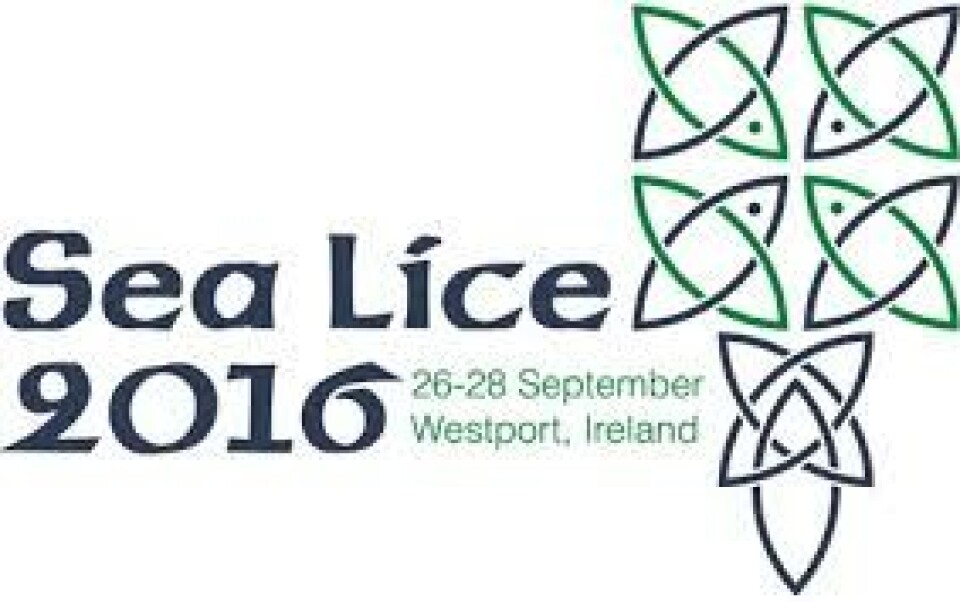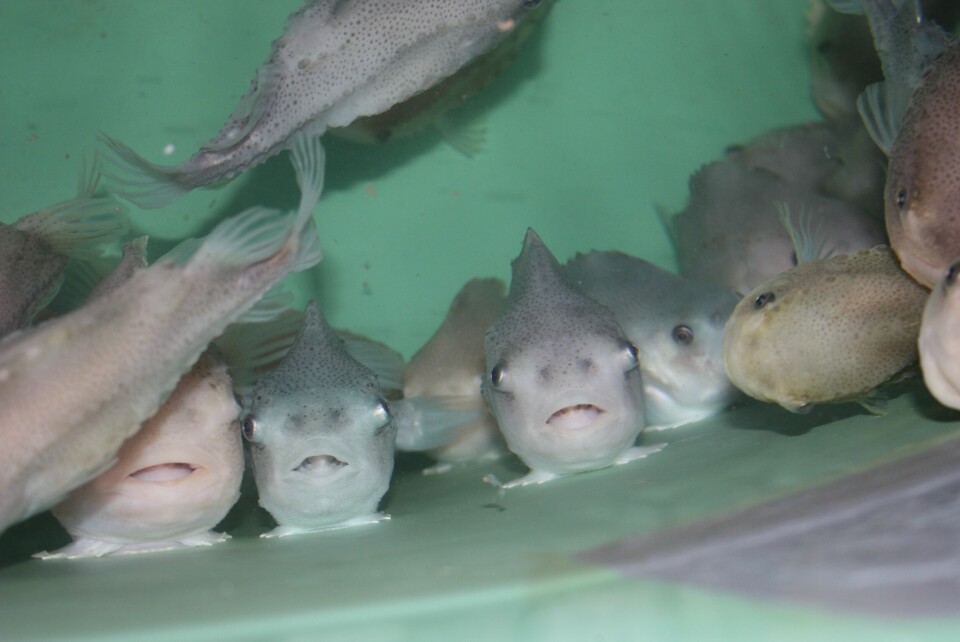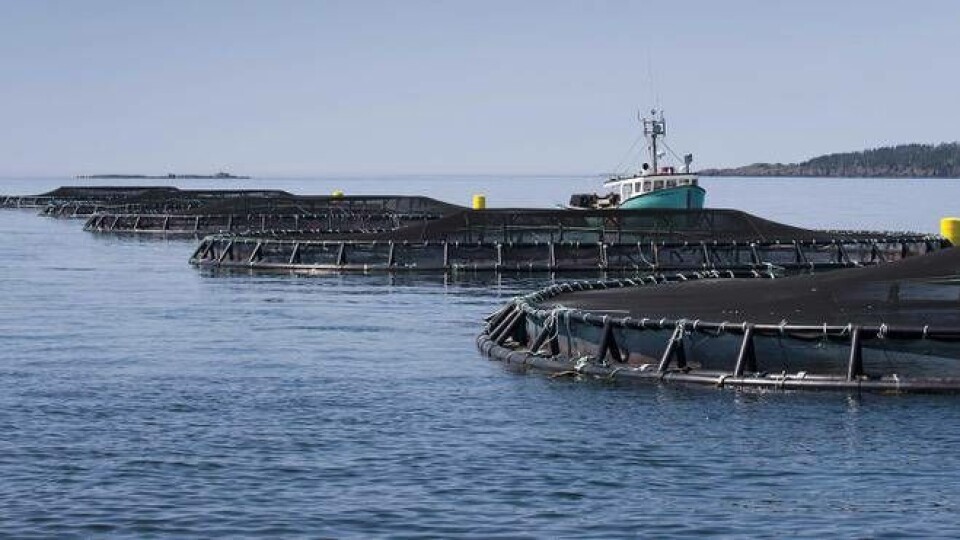
Snorkels reduce lice by up to 90%
A talk on how snorkel cages can reduce lice numbers by 50-90% was one of the highlights of day 2 of the International Sealice Conference, in Ireland, this week.

Biological and physical control of sea lice
The second session of the day focused on the latest usages of non-chemotherapeutant methods to control the salmon louse, including cleaner fish, snorkel cages, and shielding.
As part of the session Dr Frode Oppedal from the IMR discussed his work, which focused on establishing the best snorkel depth to prevent lice infestation while also remaining safe for the fish.
Oppedal showed that lice reduction increased with deeper swimming of the fish, and at 12 m and lower, there were virtually no sea lice on the salmon. At the commercial scale, he showed 50-90% lower lice levels compared to a non-snorkel cage, suggesting that snorkel cages have tremendous potential.
Dr Majbritt Bolton-Warburg from the Carna Research Station in Ireland described the usage of lumpsuckers as cleaner fish in Ireland salmon farming. As a majority of the industry in Ireland is organic, cleaner fish like the lumpsucker provide potential for chemical-free louse control.

In 2015 and 2016, the Irish Sea Fisheries Board (Bord lascaigh Mhara) funded research and development on the use of lumpsucker, with >100,000 hatchery reared lumpsuckers transferred to sea cages from the 2015 cohort.
Current research efforts of these fish include optimizing production, evaluation efficacy, and establishing broodstock.
Sea lice biology
The previous session continued the discussions from the opening day, and focused on research exploring the biology of the salmon louse. Talks ranged from evaluating the ability to find a host, tolerance to decreased salinities, distribution of exocrine glands, iron regulation and energy utilization by the parasite.
Dr Howard Browman of the Institute of Marine Research (IMR) in Bergen Norway, talked about his research, which looked at how lice are able to find their host.
He explained how at the planktonic infective stage, the copepodid uses olfaction, vision and mechanoreception. For example, it exhibits increased swimming speed when exposed to salmon-conditioned water compared to cod-conditioned water. And, instead of moving away from a movement in the water column like their free-living relatives, the infective copepodid will move towards it.
Another particularly interesting talk was presented by Dr Aina-Cathrine Overgard, from the Sea Lice Research Centre, also in Bergen.
Overgard presented the first ever characterization of the exocrine glads of the salmon louse.
"Exocrine glands of copepods are important in maintaining the tegument and pre-digesting food," she explained, "and in blood feeding parasites they are also believed to secrete immunomodulatory substances."
Her research has identified at least 4 different types of glands including tegumental type 1-3 and labial glands. She suggested that type 3 and labial glands are important during the host-parasite interaction.
Modelling
The third session featured talks that described the latest modelling attempts to explain lice distribution and population structures in the ocean.
Presentations were given by researchers from the Scottish Association for Marine Science, the Norwegian Veterinary Institute, University of the Faroe Islands and Fiskaaling, Watermark Aqua-environmental, and Havforskningsinstituttet.
Sea lice management
The final session of the day focused on how different locations around the world manage sea lice control.
Dr Dave Jackson from the Marine Institute in Ireland discussed drivers of sea lice management policies and how best to integrate them into a risk management based strategy.
He explained how there is incredible variation in the drivers which shape priorities and objectives of lice control strategies among the various jurisdictions and regions.
Emily Nelson from Fisheries and Oceans Canada showed that farm-specific factors are responsible for the amplification of sea lice outbreaks on salmon farms.
She sampled sea lice within the Bay of Fundy over a period of 5 years to determine the extent that salmon sites are point sources for sea lice larvae. Her results show that sea lice larvae are concentrated primarily on salmon farms, with densities dramatically reduced at distances of 50 m or more from the cages.
From the west coast of Canada, Dr Simon Jones discussed the role of salmon lice data in BC for management, regulation and research.
Jones explained how the number of lice on farmed salmon increases in the autumn, coinciding with migrating adult Pacific salmon, and decreases between winter and summer.
"The rise and fall [of sea lice] is a reflection of lice build-up from wild returning salmon," said Jones.
Jones also noted that, in BC, “concern is based on potential risk to wild salmon conservation,” and therefore a stringent measure has been specifically designed to ensure lice levels are below the threshold (3 motiles/fish) when juvenile Pacific salmon are out-migrating.
























































